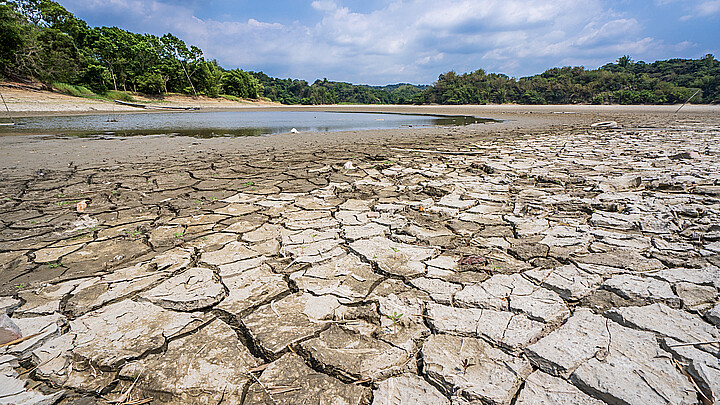Climate
Report: Red tape feeds forest fires like Arizona's Pipeline Fire
A new report has determined that certain climate protection policies may make wildfires worse
June 17, 2022 6:57pm
Updated: June 18, 2022 10:29am
A new report has determined that certain climate protection policies may make wildfires worse.
The Property and Environmental Research Center is concerned that projects reducing wildfire severity are being delayed for years by the National Environmental Policy Act, a means of review and litigation.
The new report from PERC proves the fallacy of NEPA. According to their findings, prescribed burns take 7.2 years to process through “environmental impact assessment projects,” and an even lengthier 9.4 years with “litigated” EIS projects. Similarly, mechanical thinning takes 5.3 years with EIS projects and 6.8 years with litigated EIS projects.
PERC describes itself as “...a research institute dedicated to promoting conservation by exploring how voluntary trade can produce positive environmental outcomes.”
The EIS process on the Environmental Protection Agency website describes obtaining an EIS statement as a multi-step process. First, an agency must publish a Notice of Intent, which “informs the public of the upcoming environmental analysis and describes how the public can become involved in the EIS preparation.” From there, “the federal agency and the public collaborate to define the range of issues and potential alternatives to be addressed in the EIS.”
The second step is “a draft EIS is published for public review and comment for a minimum of 45 days.”
If that draft passes public scrutiny, “Publication of the final EIS begins the minimum 30-day ‘wait period,’ in which agencies are generally required to wait 30 days before making a final decision on a proposed action.”
Finally, “the EIS process ends with the issuance of the Record of Decision.” Occasionally, a supplement draft is required.
Though EIS, which is required through NEPA, intends to make forestry a more democratic act, PERC believes that it is ultimately harming the communities it intends to protect. The policy’s red tape prevents substantive action from taking place within the grounds of time necessary.
“The Forest Service is mired in paperwork while the forests literally burn before our eyes,” said Jonathan Wood, Vice President of Law and Policy at PERC. “Reforms to the environmental review process are critical if America is to tackle the wildfire crisis.”
In Arizona, nearly 30,000 acres have gone up in flames, with smoke from the fires congesting the Navajo and Hopi Reservations. A U.S. Forest Service Project to thin the overgrown forest was barred in 2021 due to the EIS process. This leaves the public questioning if the project could have prevented the Pipeline and Haywire Fires.
PERC stated, “The U.S. Forest Service set a goal to restore an additional 20 million acres over the next 10 years using these [mechanical thinning and controlled burns] techniques, but the report finds that unlikely without changes.”
Nearly two million acres have already burned or are burning in 2022. As dead trees and underbrush pile up, along with historic drought and imminent climate change, quick environmental action will become increasingly necessary.








